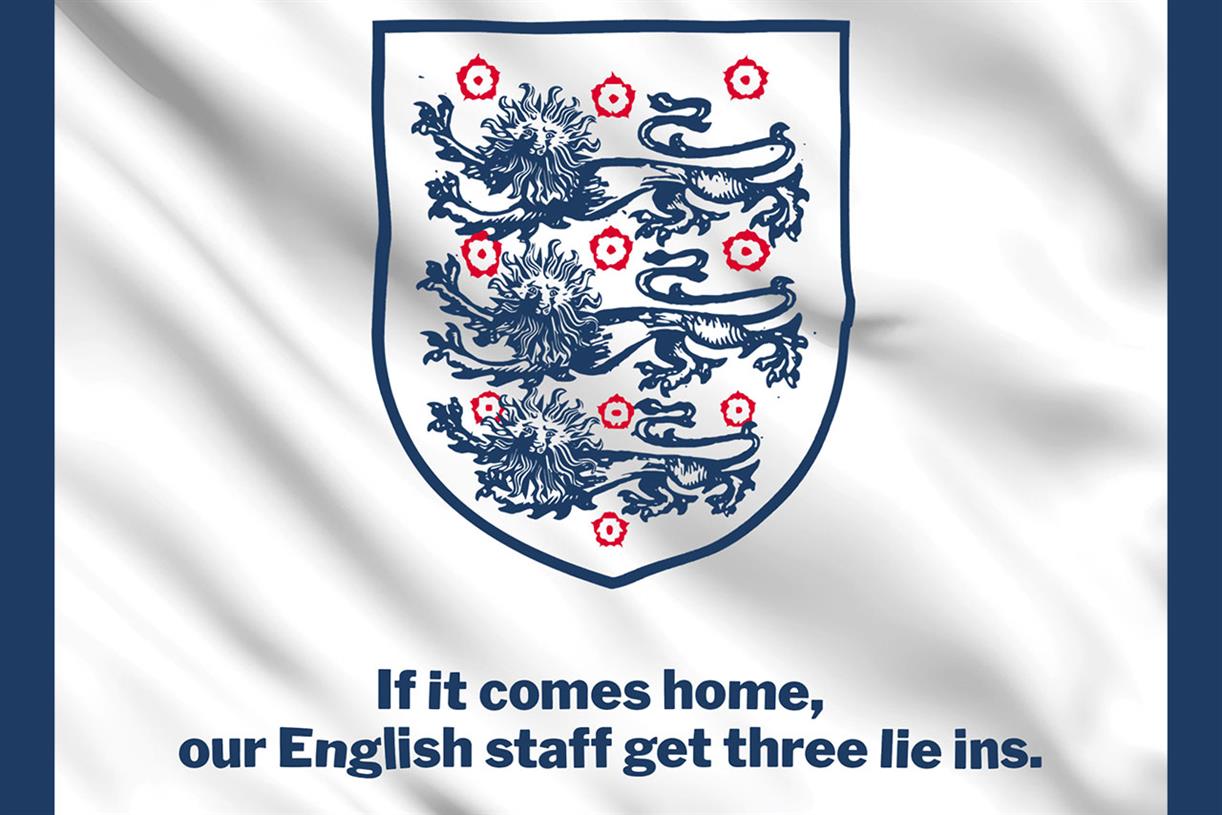An Extensive Guide to Create an Integrated Digital Marketing Strategy
With a smartphone in every hand and the strength of social media giants ever-present in our lives, consumers have more ways than ever of interacting with brands online. While many traditional marketing channels such as television, radio, and print...

With a smartphone in every hand and the strength of social media giants ever-present in our lives, consumers have more ways than ever of interacting with brands online.
While many traditional marketing channels such as television, radio, and print are still strong, crafting an integrated online marketing strategy is crucial today to be present in the hearts and minds of consumers.
Improve Your Digital Marketing Results With the Right Mix of Channels
The right integrated digital strategy means more ways for your brand to engage with customers one-on-one, and establish a buying journey that is tailored specifically for them, leading to improved brand presence, higher conversion rates and ultimately, increased brand loyalty.
With the right digital strategy, you can leave a lasting impression in the minds of your customers.
This quick guide shows you how easy it can be to plan, create and implement a successful online marketing campaign that keeps your customers coming back.
Let’s dive right in…
Know Your Target Audience
So where does the process of creating new digital marketing content start?
Well, it’s still marketing, so it should start with your audience — who they are, what challenges your brand could solve for them, and how they’d benefit from your product or service.
The more deeply you understand your audience, the easier it is to create something that resonates with them which will increase engagement and ultimately boost conversions.
Getting into the nitty-gritty of your audience can be a long and detailed process.
But if you just need to get started, make sure you’ve at least asked these questions about your ideal customers:
● Who are they? (Demographics)
● Where do they live? (Regions / geographies)
● What are their values?
● Where do they spend their time online?
● What platforms do they use to purchase online?
● What are the main influences behind their purchases?
Once you’ve answered these, you can start to form a clear image of who your buyers are and should be able to create content that’s relevant to them. But to really go pro, you’ll need to create some buyer personas.
Create Your Buyer Personas
Buyer personas help you to picture, understand and empathize with the most urgent needs and desires of your customers.
Understanding who your buyers are (and there is likely more than one type of person) allows you to be more relevant to your ideal audience, not just with marketing but also for product or service development.
Armed with this knowledge you’ll better understand the diverse range of reasons why your target audience needs your product or service, boosting your chances of conversion, and ultimately, forging long-lasting relationships and increasing returning customers.
So what does a buyer persona look like?
Name: David
Position: Marketing manager for an e-commerce startup
Role: Interacts with network and steers the direction of content and advertising
Hangouts: LinkedIn (work-related), Instagram (personal), news sites
Of course, David isn’t a real person, but he represents anybody who shares the same position, likes and dislikes, pains and challenges and so on. Get your marketing right for Dave, and you get it right for everybody just like him.
Once you’ve established these basic things about David, you’ll then need to continue fleshing this out so that you have established exactly why your product or service is relevant to David and how to reach him online.
Ultimately, your buyer personas give your team a narrow focus, which leads to a higher chance of reaching and connecting with them during their digital media journey.
Map the Sales Journey
A sales journey is the series of steps that your customers will take before purchasing from your brand.
People don’t just stumble upon a product and push “Buy now”. There’s a whole series of interactions that lead up to that moment where they go from prospect to customer.
Your brand may be completely unknown to your customer, so you’ll need to understand how your marketing can influence them across these five steps until they become an avid supporter of your brand:
● Awareness – Customer has a need to be met
● Research – Customer discovers potential solutions
● Comparison – Customer looks at available products on the market
● Purchase – Customer buys one of these products
● Retention – Customer uses the product and decides if they like it or not
It’s critical that you have a specific plan for each step of this buyer cycle. This is the best way to effectively guide them from being completely unaware of your brand, to have them stick around as a lifelong customer.
Many brands overlook what happens once a person has actually become a customer, yet this is an absolutely crucial step. It’s much easier (and cheaper) to have a customer who is a repeat buyer than it is to win new buyers all the time.
Realizing that marketing does not end with a purchase can be an important step in making efforts sustainable.
Craft a Digital Media Journey
With this deep understanding of your customers and how they will need to be influenced along the journey, you can now customize your digital marketing to create a great experience for them.
With a consistent brand voice and the knowledge of where your customers are on their digital journey, you can then optimize your advertising and messaging across the right platforms at the right times.
Once they learn to trust your voice and understand your brand presence across their favorite channels and be more likely to buy for you when they reach the stage when they’re actually ready to purchase something.

You Don’t Need to Reinvent the Wheel
If something has worked for you in the past, there’s no harm in trying it again. Seems obvious, right?
While it’s good to be fresh with messaging, your channels and methodology may stay quite consistent over time, as long as your audience is consistent.
Reflect on what has worked before and ask yourself:
● What channels have worked for you?
● Why were they successful?
● Can we improve on that success by tweaking the campaign?
● Can we replicate that success in another channel?
The converse is also true. If a particular channel isn’t right for you and where your brand currently is, don’t be afraid to get rid of it and try something brand new.
Define Your Goals, Objectives and KPIs
Setting ongoing goals, objectives and KPIs helps you track, analyze and adjust your campaign to ensure its success.
But what and how should you be measuring? Great news – that’s completely up to you and your brand – you’re the ones setting the targets!
Let’s take a look at the difference between the three and the role they play in your overall marketing strategy.
Goals: These are your general ambitions for your organization and don’t need to zone in absolute specifics.
● Gain more followers
● Bring in more organic traffic
● Climb the Google rankings
● Be featured in industry publications
Objectives: The measurable targets and dates set by you. When reached, you will have achieved your business goals.
● 15000 new Instagram followers by the end of the year
● Double your organic traffic in six months
● Reach the first page of Google by the end of the year
KPIs: These are the key metrics – the numbers you measure to define success
● New IG followers
● Organic traffic
● Total sales
● Revenue
Choose Your Marketing Channels
While it’s important to find the right channels for your product or service, in the end, it’s all about the overall user experience. And, depending on your target audience, this could alter which platform will best help you reach them.
Recent surveys have shown that social media, content marketing and SEO are still the most popular forms of online marketing, to best engage your audience, having a well-balanced mix of these options will hold you in good stead to establish your widest possible reach.
Important Questions to Ask Before Deciding on Marketing Channels
Before choosing, ask yourself the following questions:
● Where do your ideal customers hang out online?
● Which of these channels can you use to reach them right away?
● What channels present an untapped opportunity for your brand?
● Look at your current online marketing data – what works? what doesn’t?
● Are you focusing any effort in the wrong place? If you are, where should you spend more time?
Remember, it’s important to direct your energy into specific digital media channels that are actually generating results. Don’t decide you have to be on Snapchat just because you’ve heard it’s new or cool.
If your ideal customers only hang out on LinkedIn, Snap is going to be a waste of your time and money.
If you’re curious, then do an experiment. But make sure you set this up in a way that allows you to measure impact so that you can make an informed decision about what to invest in going forward.
And while it might seem counterintuitive to put all your eggs in one or just a couple of baskets, if you know which channels work best for you, then stick with them.
The key then is to continue developing creative campaigns that build upon the strength of your chosen channels and work to build your brand over time.
Need Help With Your Integrated Digital Marketing Plan?
If you need help with mapping and exploring your digital landscape, The Walk Agency can help.
Collaboration and teamwork are The Walk Agency’s greatest strengths, and they are happy to show you how to make them yours as well.
They can help you determine what makes your ideal audience tick and how to best reach them.
They can produce the assets you need to increase conversions and establish an integrated marketing strategy that covers the entire customer journey.
Contact The Walk today to get your teams working together to achieve your goals.

 ValVades
ValVades 































